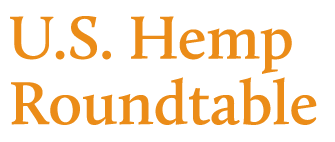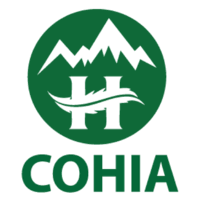Latest
FSA’s August Crop Report - What’s Missing?
PanXchange Blog
The USDA Farm Service Agencies (FSA) Crop Acreage Report on industrial hemp left the PanXchange’s hemp team scratching our collective heads. Only 47,250 total planted acres were reported, which was 22.9% of last year’s total planted acreage. Even when accounting for late reported acres (+27% between August 2019 to end of year-2019), a forecast of 60,008 planted acres for the crop year 2020 far fall below even the most extreme expectations.
The top-producing hemp states of 2019, Colorado, Kentucky, and Oregon offered little substance. More than anything, it demonstrates a lack of reporting participation by grower registrants, rather than attributable losses in production. According to the FSA report, the three states planted a total of 8,680 acres, representing an 81% reduction in total acreage. Amongst the “Big Three,” failed acres, likely resulting from natural perils, accounted for 294 acres. Compared to last year’s failure rate purported in August-19, the figure should be closer to 643 acres (THC-compliance failures are attributable to later released reports on account of harvest period in these regions), which indicates that the industry is suffering from underreporting.
Another cause for concern is the lack of participation resulting in drastic unreported production within “emerging” hemp states, notably Texas, Alabama, Florida, and South Carolina. As of August, the total reached only 3,149, with only 55 additional failed acres. With widespread reports of Southern Blight in the Southeast and other forces impacting crop health in pockets across the country, both the total and failed acres appear drastically underrepresented. A clear indication of Texas reporting delays stems from the Panda Biotech release of approximately 3,500 acres worth of seed to partners. Only 440 acres of fiber was reported and assuming Panda as the only source of seed, which is not the case, would only account for 11% of total purported acres dedicated to fiber production. Similarly, Florida reported a meager 112 planted acres-far below the Florida Department of Agriculture and Consumer Services (registered acres exceeding 18,000 acres-planted estimated at 45%).
The largest bastion of production remains nestled along the Canadian border between Minnesota, North Dakota, and Montana. It is supported mainly by the carryover farming practices and relative proximity to mature markets north of the border. Planted acres accounted for 9,940 acres, but the failed acres seem low when considering the persistently dry summer this region experienced. Failed acre estimates were nearly non-existent in 2019 amongst, but this begs the question, “why are farmers disinclined to submit production data, and how might this change in 2020 and beyond?”
Industry insiders and analysts have observed that hemp, particularly within the cannabinoid space, has tried to shy away from essential business practice standards within agriculture. This issue has taken center stage since the 2018 Farm Bill’s adoption and, more recently, during the determination of hemp’s ineligibility for Corona Food Assistance Program (CFPA) assistance. Without a willingness amongst supply-side actors to offer timely, accurate data, and resulting consideration to USDA, the underlying issue of historical price transparency and related volatility will remain. This perceived unwillingness may have unintended, cascading effects and discount programs and services often touted by hemp farmers, processors, and product-manufacturers alike-specifically reasonable research grants, insurance premiums, and the long-term goal of an industry check-off.
A situation that (likely) rectifies these reporting issues is the full implementation of the State Management Plan programs, or in the case of Mississippi being managed directly by USDA. With calls to delay implementation from industry and regulatory agencies alike, this may not come soon enough. In interim, we encourage our readers and subscribers to get involved with PanXchange so that we, collectively, can continue to build transparency within the hemp market. Through objective analysis of the hemp market and fostering efficient transactions of hemp and hemp derivatives between growers, processors, and consumer goods manufacturers.
Like what you’re reading? An exclusive in-depth analysis of the August FSA Hemp Crop Report will be published on August 26th for our PanXchange® Hemp: Benchmarks & Analysis Subscribers. Become a PanXchange subscriber to acquire industry-leading coverage on hemp price, market volume, and industry insights.









